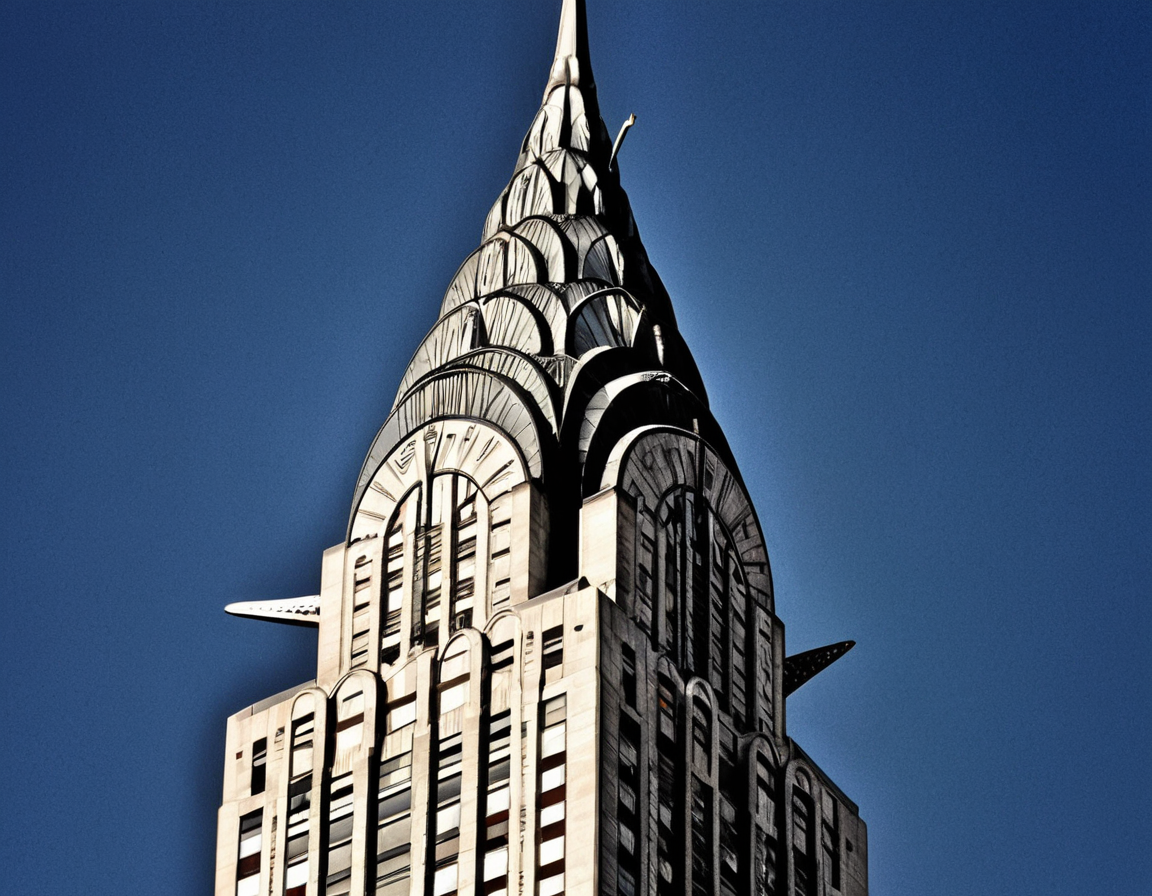Exploring the Timeless Elegance of Art Deco Architecture Through the Lens of the Chrysler Building
Art Deco Architecture: A Retrospective
The Chrysler Building, an iconic skyscraper in New York City, stands as a testament to the Art Deco movement which swept through the realms of architecture, art, and design in the 20th century. This blog post takes you on a historical journey through the ornamental and geometric elegance of Art Deco architecture, using the Chrysler Building as a focal point.
A Brief Overview of Art Deco
Emerging in the 1920s, the Art Deco movement is renowned for its lavish ornamentation and geometric forms. Originating in France, it quickly spread worldwide, influencing the design of buildings, furniture, jewelry, and even everyday objects.

The Chrysler Building’s Historical Impact
Commissioned by Walter P. Chrysler and designed by architect William Van Alen, the building was completed in 1930 and immediately became an architectural marvel. At that time, it not only symbolized New York’s growth but also the modern era’s industrial prowess.
Design and Aesthetic of the Chrysler Building
The Chrysler Building’s facade is adorned with hubcaps, eagles, and abstract motifs typical of the Art Deco style. Its crown, constructed with stainless steel, is considered the building’s most defining feature, making it an easily recognizable silhouette in the city’s skyline.
Art Deco’s Influence on Modern Design
Art Deco’s impact is still seen today in various mediums, from modern skyscrapers that echo its stylings to consumer products with retro Art Deco packaging.
In conclusion, the Chrysler Building is not just a feat of engineering but also a symbol of a bygone era that continues to inspire the world of design.
Discover this architectural gem as we dive into the history, design, and enduring legacy of Art Deco architecture.






